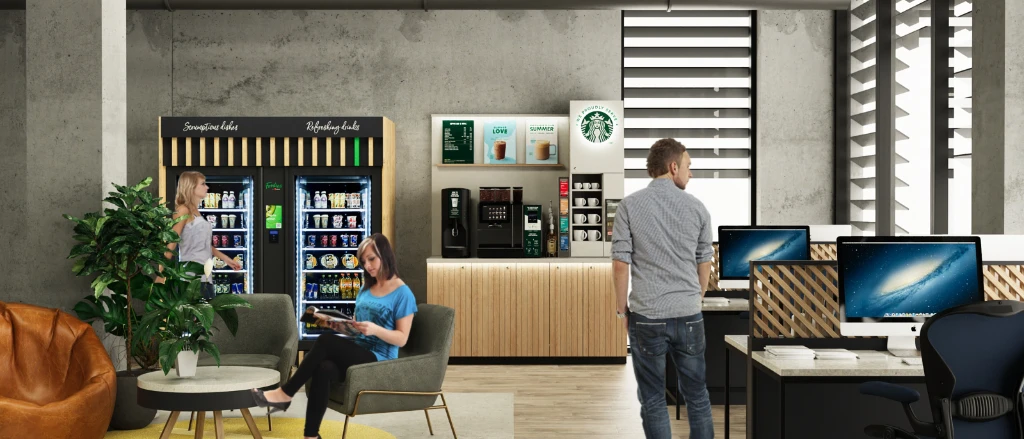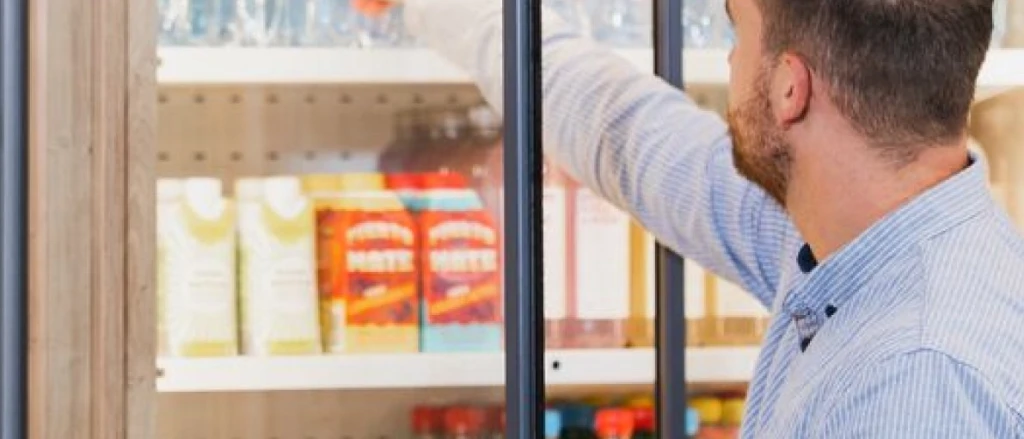Retail Food Tech & Vending Guide
Catering in a retail environment can present several challenges. It’s difficult for catering managers to establish the best self-service solutions that capitalise on the high volume of potential customers while complying with regulations and not breaking the bank.
This article will act as a guide for retail caterers looking to expand their service offerings, providing a detailed overview of modern catering solutions and the key considerations they must assess before installing innovative food technologies.
What Is Retail Catering Consumer Considerations?
Any competent retail catering company must be capable of providing food and drink options for a range of consumers. Below are several types of consumers that catering managers may need to consider when installing these technologies for retail parks.
- Store customers.
- On-site staff — whether it be in-store cleaners or shop assistants.
- Off-site visitors — like inspectors, regional or site managers or other visitors.
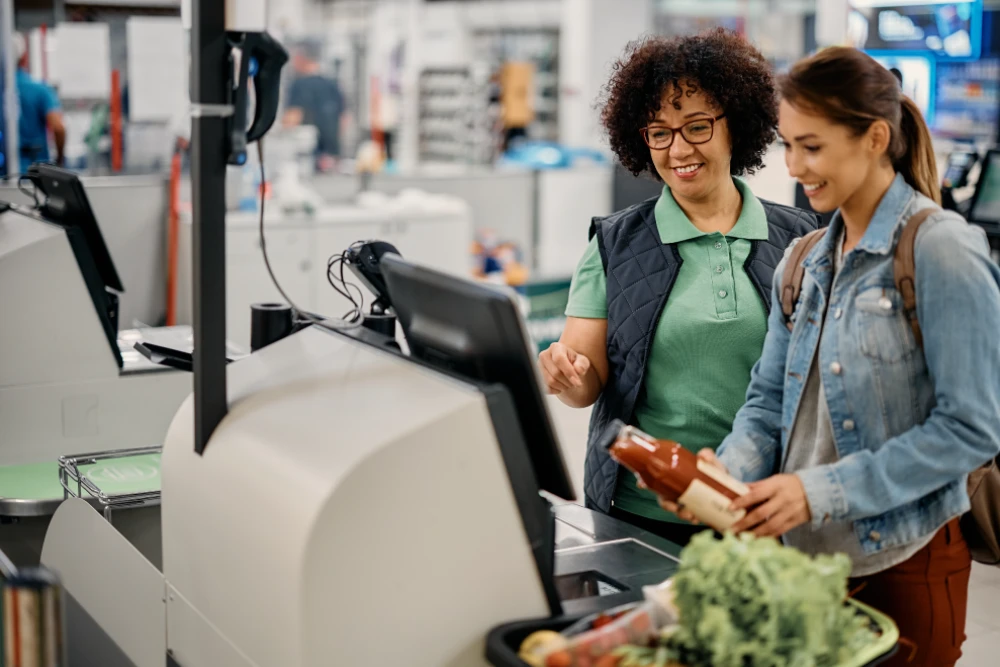
For these consumers, catering managers will need to consider:
Variety of options – There needs to be a wide array of options available to consumers and not all options will fit the retail environment or consumer preferences. Catering managers need to consider how to display a range of healthy, fast-food, hot or cold options to appeal to different tastes and needs.
Ease of access – How easy is it for consumers to access the site? It’s important to consider the location of the retail site, disabled access and foot traffic flow to make sure that the space isn’t too congested.
Dine-in and on-the-go options – Warm meal options for those that want the on-site dining experiences and for those who want a quick bite while on-the-go is important. Appealing to both types of consumers will boost revenue as self-service solutions are targeting more consumer needs.
Religious, cultural or lifestyle considerations – Retail solutions must cater to a wide range of dietary requirements – whether it’s religion-compliant food options, vegan options or solutions for specific allergies.
Retail Site Considerations
When selecting a location for a modern catering solution in a shop or retail park, several factors need to be taken into consideration:
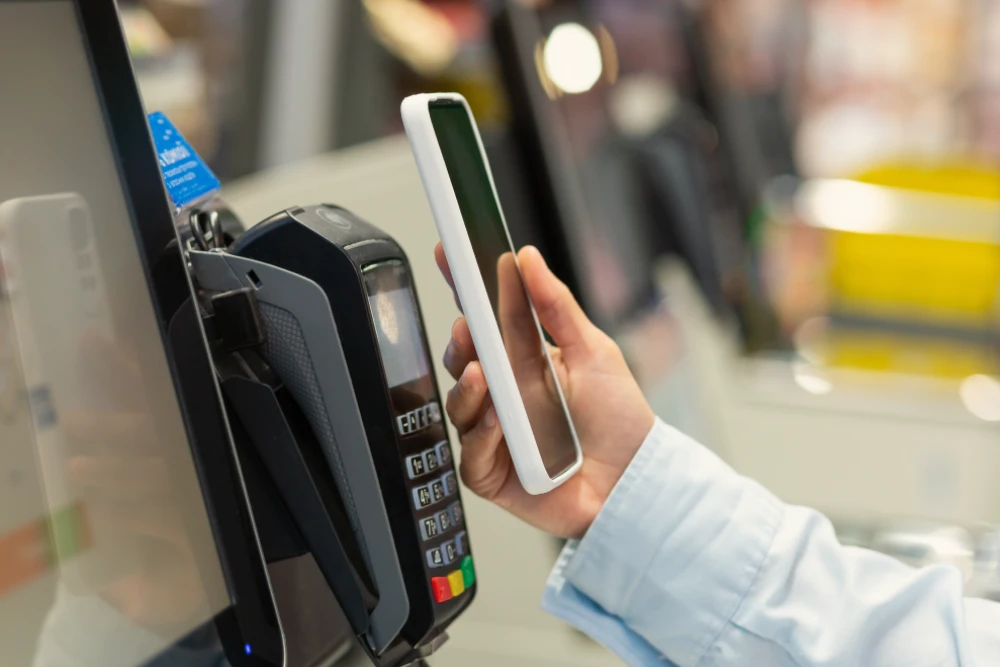
Some of the site considerations that catering managers need to bear in mind are:
Location: Catering managers need to decide on a location that can take advantage of the high volumes of traffic in a retail store, while not being too cramped or unsafe.
Space & Layout: It’s essential to consider the space and layout of the catering area. This ensures that there is significant space to support all kitchens machinery, self-service machines, or refrigeration units. This also includes any seating or dining areas if the catering area provides an on-site dining option.
Accessibility: Site accessibility is another aspect of a retail site that needs to be considered. This includes foot traffic and how efficiently customers can move around the space. It also includes suitable access for disabled customers, how healthy and safety regulations are followed by providing suitable movement space, and designated exits in the event of an emergency.
Utilities & Infrastructure: It’s important to ensure that basic utilities like water and electricity are easily available. Also, catering managers must consider how further infrastructure like drainage, ventilation and waste management will affect day-to-day catering operations.
Cost: It’s important to develop a self-service catering site that’s within budget. This might mean reviewing rent/lease terms, taxes, utilities and stock requirements before making a move.
Permits & Regulations: Some locations will have different regulations and guidelines and it’s important to conduct research on a location before setting up a self-service catering solution on a retail site. It’s imperative to comply with any regulations and get any required permits in order before going ahead with the plans.
Retail Catering Health & Safety Considerations
Health and safety is an important consideration for any industry dealing with food-handling.
The law requires regular maintenance of any:
Health & Safety: Everyone has different dietary requirements. Whether it’s a preference — like practising vegetarianism and veganism — or allergies and intolerances. Retail catering must offer options for all dietary types. Anything that is for sale must also be labelled clearly and any allergens must be designated to avoid cross-contamination or a consumer eating something they can’t.
Fire Safety: Customer traffic must be free-flowing, with ample room for people to leave in the case of a fire. It’s also important to avoid obstructing any fire exits to prevent queue traffic in the event of a fire.
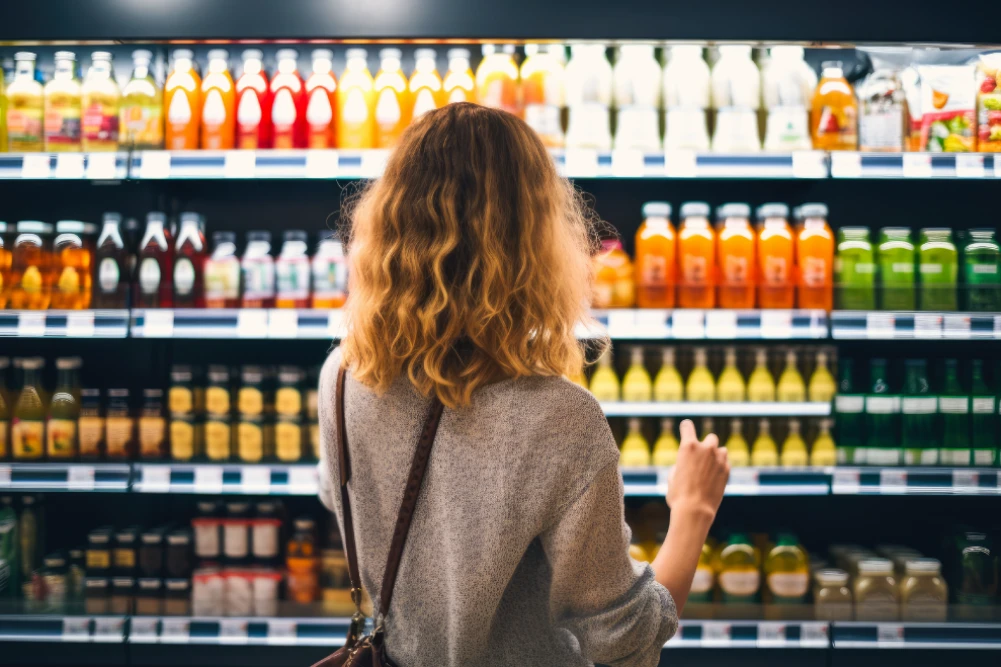
Retail Catering Sustainability Considerations
Sustainability is an important consideration in the modern day. Having a sustainable business doesn’t just protect the environment, but also reduces business costs – making any retail catering business easier to run.
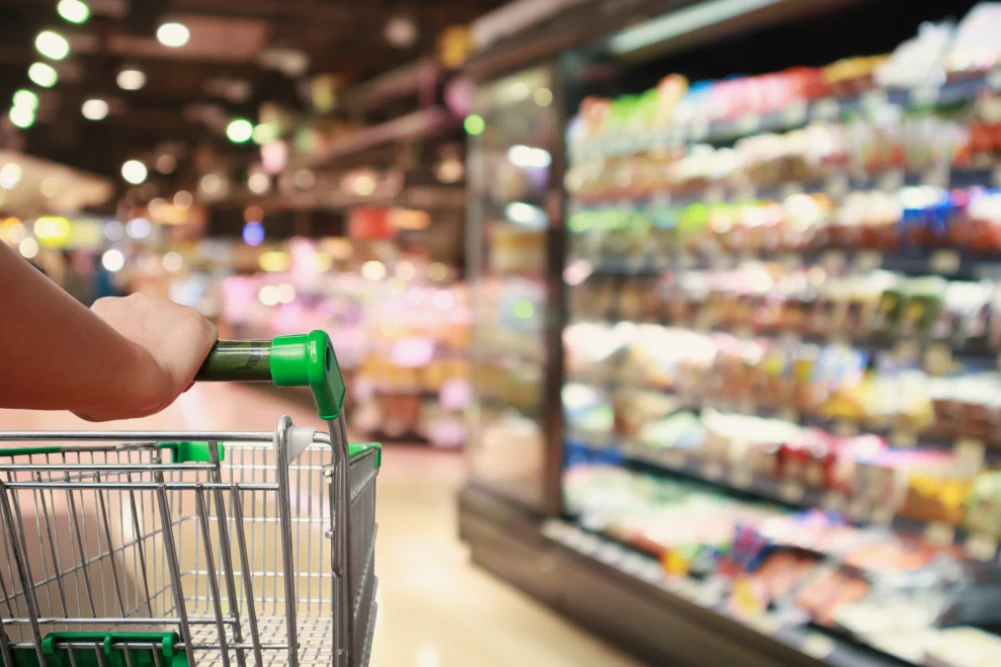
Here are several problems to consider when making services more sustainable:
Food Packaging: Packaging needs to adequately protect food while also being as recyclable or sustainable as possible to minimise environmental impact.
Efficient Energy Use: Even self-service machines can produce high energy costs. To keep a business sustainable, it’s essential to reduce energy usage as much as possible. This can often be done through catering machines that can self-regulate energy use and power down in periods with little or no demand.
Retail Catering Regulations
There are several standards and regulations that retail caterers must follow to stay in line with local guidelines.
Two of the most common ones are:
Food Safety Regulations: Retail catering businesses must comply with food safety regulations to ensure the safe handling, preparation, and serving of food. These regulations typically cover areas like proper storage and refrigeration, hygienic food handling practices, allergen management, sanitation, and regular inspections by health authorities.
- Food Safety Act Regulation on Food Safety 1990
- Businesses do not include anything in food, remove anything from food or treat food in any way which means it would be damaging to the health of people eating it.
- The food businesses serve, or sell is of the nature, substance or quality which consumers would expect.
- The food is labelled, advertised, and presented in a way that is not false or misleading.
Licensing and Permits: Retail catering businesses are typically required to obtain appropriate licenses and permits to operate legally. These may include food service licenses, health permits, business registrations, and compliance with local zoning requirements. These regulations help ensure that businesses meet certain standards and adhere to health and safety guidelines.


Our 50+ team of international selecta product experts will answer your request
Message Sent Successfully
Thank you! Your message has been received. We’ll get back to you soon.
Something Went Wrong
We couldn’t send your message. Please try again, or come back in a moment.
